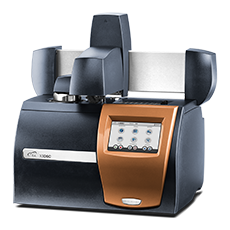Why Rheology is Relevant and Accessible: Dispelling 5 Myths About Rheology
Will your paint stick to the wall or drip off? Does your low-fat cream cheese have the same texture as a full-fat version? How will new ingredients affect your formulation’s texture and application, especially as environmental conditions change? Rheology offers invaluable insights that help researchers, developers, and engineers across numerous industries optimize their products for performance and customer satisfaction.
Details












